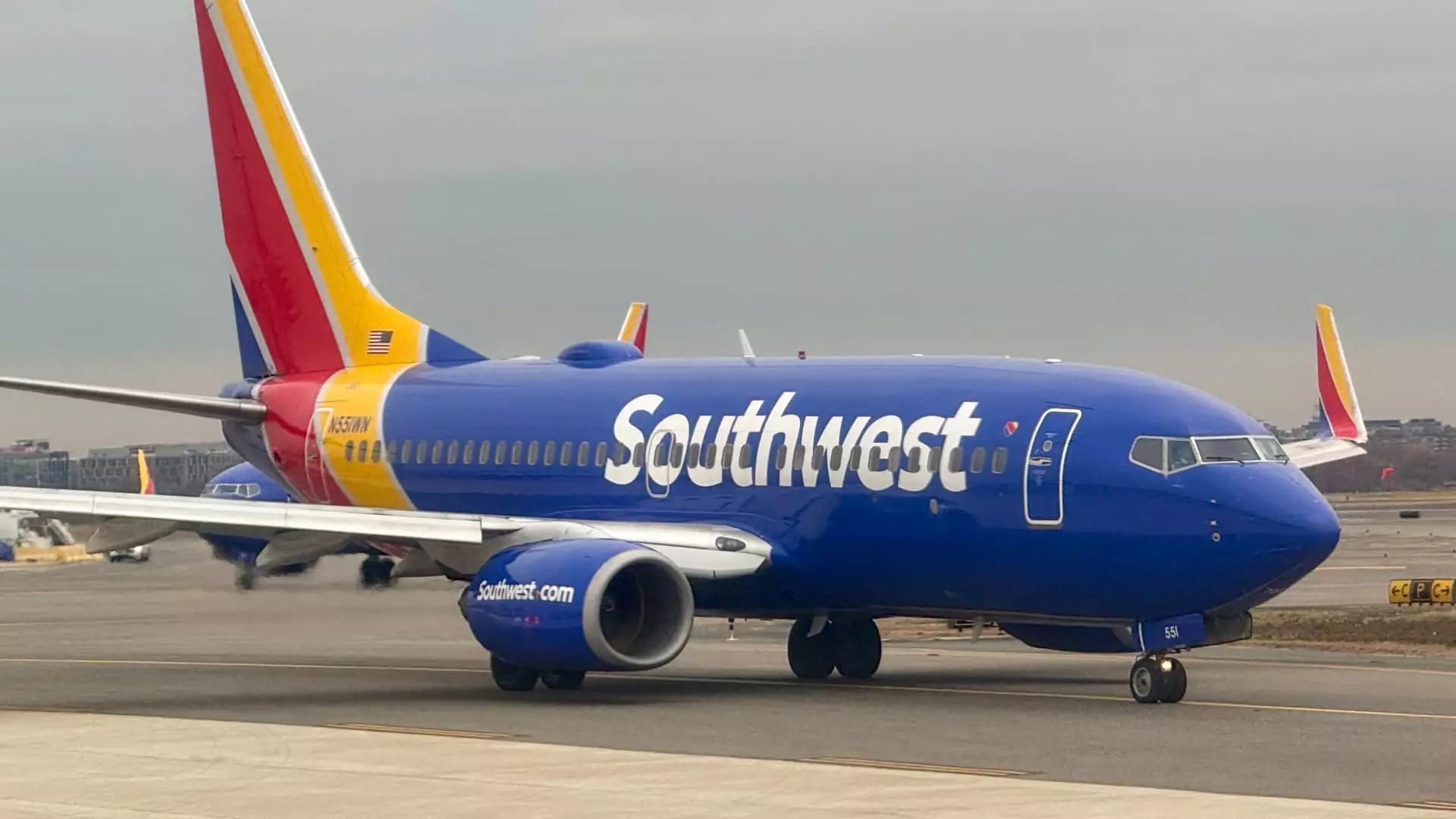In a bold and surprising move, Southwest Airlines announced on Monday its decision to lay off approximately 1,750 employees, which constitutes about 15% of its corporate workforce. This action marks a significant departure from the airline’s longstanding practices and is described by CEO Bob Jordan as “unprecedented” in the company’s 53-year history. The airline is facing the dual pressures of rising operational costs and the need to improve profitability in an increasingly competitive market. The anticipated savings from these layoffs are projected at around $210 million this year and an estimated $300 million by 2026, illustrating the depth of the financial strategies the airline is compelled to implement.
The timing of these layoffs coincides with a recent settlement with Elliott Investment Management, an activist investor group that gained five seats on the Southwest board. Although the group’s efforts to replace CEO Bob Jordan were unsuccessful, their influence seems to have catalyzed significant changes within the company. The board’s newfound configuration, now infused with fresh perspectives, has likely heightened the urgency to streamline operations and enhance profitability. Additionally, the emphasis on financial discipline may have accelerated the decision-making process regarding staffing levels and resource allocation, which raises questions about the internal dynamics of the board and its impact on corporate direction.
The announcement follows a series of other cost-cutting initiatives that Southwest has implemented over the past few months. These measures have included a hiring freeze, suspending internships, and discontinuing long-standing team-building rallies that date back to 1985. Furthermore, the airline has made aggressive decisions to discontinue unprofitable routes, indicating a broader strategy aimed at closing the performance gap with more financially sound competitors. The company has also signaled a shift in its traditional open seating arrangement, a hallmark of its service, by introducing assigned seats and expanding options for premium services, signaling a potential pivot towards a more structured customer experience.
In his communication to staff, Jordan emphasized the need to “fund the right work” and to eliminate redundant roles within the organization. This message resonates with the broader trends seen in many industries, where businesses are adjusting to the complexities of post-pandemic recoveries. As businesses strive for agility and efficiency, it appears that Southwest is positioning itself to adapt to modern challenges and opportunities. The restructuring, which will largely take place by the end of the second quarter, affects senior leadership and operational roles, ensuring that the company focuses on clarity and urgency in its operations.
It is critical to recognize the human aspect of these layoffs. Jordan noted that affected employees will continue to receive their salaries, benefits, and bonuses until late April, a move that may help ease the shock of the announcement. However, such significant layoffs inevitably create a climate of uncertainty and anxiety among remaining staff. The airline must now focus on maintaining morale and trust within its workforce, even as it pursues aggressive cost-control measures. Going forward, Southwest Airlines faces the crucial task of balancing financial needs with corporate culture and employee engagement, which are essential for its long-term success in a fiercely competitive aviation landscape.


Leave a Reply